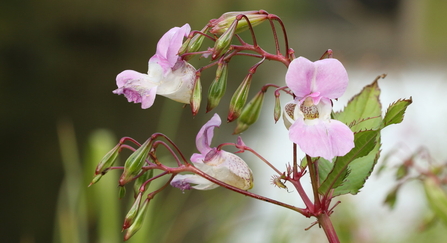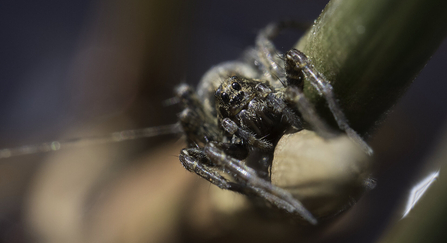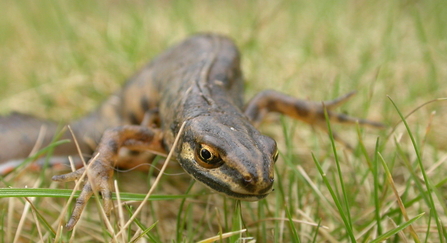Our first day consisted of an office tour, a walk around Longrun Meadow, a Nature Connections session and banner making. Despite the busy schedule, the day was a great success!
The office tour was extremely interesting, and the walk around Longrun Meadow helped us learn how to use the apps iNaturalist and Merlin. When we returned, the Nature Connection group were having warm beverages, surrounded by the beautiful apple and birch trees. After a friendly chat, we used iNaturalist to identify most of the species in the garden, which counted as one of our #30DaysWild challenge activities, that runs from the 1st to the 30th of June. Click the hashtag above for more information about the challenge.
After the group finished, we made banners and wrote about our first day.




